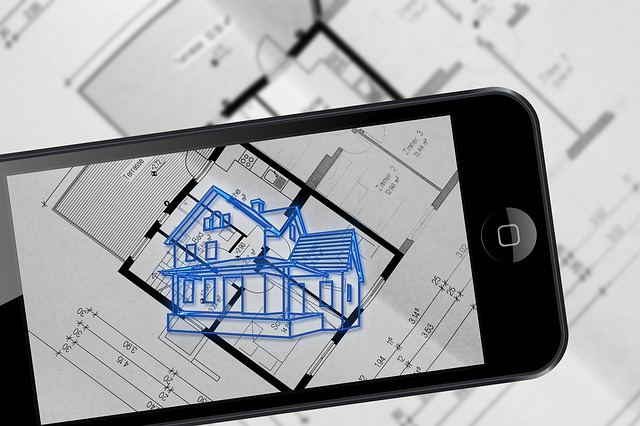Surely you have heard about terms such as “Augmented Reality”, “Internet of Things”, etc., or probably have not done so, but if you have used applications or things that fall within those terms, in the same way, it will clarify a little more than it is and what it is for.
What is augmented reality?
In general terms, it could be defined as a technology capable of superimposing virtual elements in the vision of reality using screens to reproduce or view these elements, all this is done in real-time, that is, if you use the smartphone camera to visualize something In augmented reality, at the same time that the actual elements are displayed on the smartphone screen, virtual objects that are integrated in a specific place overlap to appear.
What is it for?
Augmented reality gives us another point of view on the perspective we have, thinking about the professional field, it will allow us to visualize products for consumers from home, see their real size or give us an idea of dimensions and volumes. Companies such as toy stores, hardware stores, furniture stores, etc., whose majority sale is made through a catalog, take advantage of this type of technology to give their brand their bonus and thus their customers have a better idea of products that they are interested in buying.
Main applications?

Augmented Reality
So far we have seen uses mainly in the area of sales, but this is not only the use that can be given, there are other uses that we will talk about such as: marketing, maintenance, education, medicine, etc.
- Marketing: As in sales, companies use augmented reality to promote their products, creating interactive experiences for consumers promoting their products differently.
- Maintenance: many companies use augmented reality to offer their employees or customers interactive guides that facilitate the understanding of the problem or maintenance required.
- Education: schools are opting for this technology to offer students a better understanding of various areas of learning, at different levels from kindergarten to university.
- Medicine: as in education, augmented reality allows doctors to better understand the functioning of the human body, as well as its diseases and conditions, which reduces the margin of error when entering a person in the operating room.
These are just some of the most common uses of augmented reality, although we could continue to give examples in other interesting areas, for now, we will only mention these.
Conclusion:
Although the idea of the concept of augmented reality emerged in the last century, it has changed to realize what we currently know, it is a technology that continues to look for uses to improve and easily the perception of people about certain objects, which at that time probably does not It can be accessed physically, so it is a very good option to continue implementing it in all areas where it is possible to do so since we currently only need a smartphone to view it.



